
I have always loved terrazzo floors, whether they are antique and ancient like the ones in Venice (or Terrazzo, Italy where the form was invented), or the new world ones often seen in Florida. I think terrazzo floors are making a comeback, along with last century furniture; terrazzo would be a great counter top option too.
We are back from Buenos Aires, trying to get our bearings at home. While in transit, I snapped a few photos of the floor in some sections of the Miami airport, these in the American Airlines new Concourse C. They look new which I think is wonderful for the terrazzo comeback.
Everything at home is just fine. Cholo, our dog was well cared for and so happy to see us. We had a day to visit with our beautiful friends who house sat for us for the month. After being in uber urban Buenos Aires, our house looks like a country shack. We heard birdsong for the first time in a month, a sweet sound indeed.
From Wikepedia about terrazzo:
"Terrazzo workers create walkways, floors, patios, and panels by exposing marble chips and other fine aggregates on the surface of finished concrete or epoxy-resin. Marble-chip, cementitious terrazzo requires three layers of materials. First, cement masons or terrazzo workers build a solid, level concrete foundation that is 3 to 4 inches deep. After the forms are removed from the foundation, workers add a 1-inch layer of sandy concrete. Before this layer sets, terrazzo workers partially embed metal divider strips in the concrete wherever there is to be a joint or change of color in the terrazzo. For the final layer, terrazzo workers blend and place into each of the panels a fine marble chip mixture that may be color-pigmented. While the mixture is still wet, workers toss additional marble chips of various colors into each panel and roll a lightweight roller over the entire surface.
In the 1970s, polymer-based terrazzo was introduced and is called thin-set terrazzo. Initially polyester and vinyl ester resins were used as the binder resin. Today, most of the terrazzo installed is epoxy terrazzo. The advantages of this material over cementitious terrazzo include: wider selection of colors, 1/4 inch to 3/8 inch installation thickness, lighter weight, faster installation, impermeable finish, higher strength, and less susceptibility to cracking. In addition to marble aggregate blends, other aggregates have been used such as recycled glass, metal shapes and medallions.
When the terrazzo is thoroughly dry (or cured in the case of thin-set terrazzo), helpers grind it with a terrazzo grinder, which is somewhat like a floor polisher, only much heavier. Slight depressions left by the grinding are filled with a matching grout material and hand-troweled for a smooth, uniform surface. Terrazzo workers then clean, polish, and seal the dry surface for a lustrous finish". Read more HERE


































































































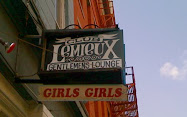

















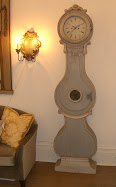.jpg)









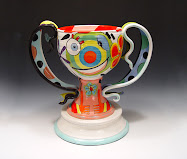
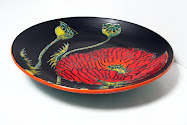








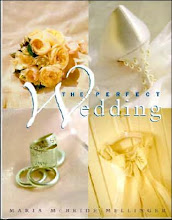







No comments:
Post a Comment